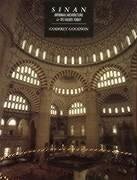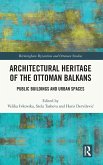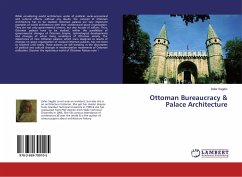In this major contribution to an understanding of the development of Ottoman architecture, Godfrey Goodwin focuses on the work of one of the greatest 16th-century architects, Sinan Abdulmennan, showing how he revolutionized inherited Ottoman building methods--a tradition based on structure--by an awareness of the psychology of space. Until Sinan, Ottoman architecture had been a reading of parts. He broke down the distinct forms that had created a certain rigidity, thus freeing interior space and interior form simultaneously. Underlying his architectural concepts are the mathematical theories and practices of classical Greece. Sinan shared these ideals of proportion and balance with builders in the West--indeed, the author argues that the work of Sinan and that of Bramante and Palladio must be seen as part of the same intellectual revolution. This is not a life of Sinan--very few biographical materials are available. Goodwin nevertheless shows the importance of the architect's long years in the army and his experience of bridges, siege-works, fortifications, and the behaviour of stone and masonry before he was appointed Royal Architect in 1538. Goodwin bases his analysis on a detailed comparative study of certain of Sinan's buildings, the supreme example being the imaginative leap represented by the mosque of Selim II at Edirne, second capital of the Ottoman empire. Included are chapters on light and space; the dome, the minaret and the apsidal form; decoration and tiles. The text is illustrate dby photographs, plans and evaluations of many of Sinan's works ranging from the grandiose Süleymaniye complex in Istanbul to the experimental Kılıç Ali Pasha mosque. Of outstanding interest are the plates by the 19th-century German architect Gurlitt, many of which show features before later restoration.
Bitte wählen Sie Ihr Anliegen aus.
Rechnungen
Retourenschein anfordern
Bestellstatus
Storno








